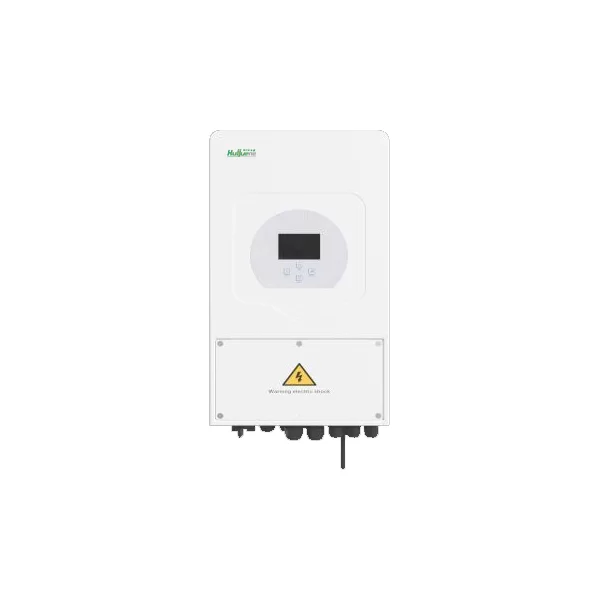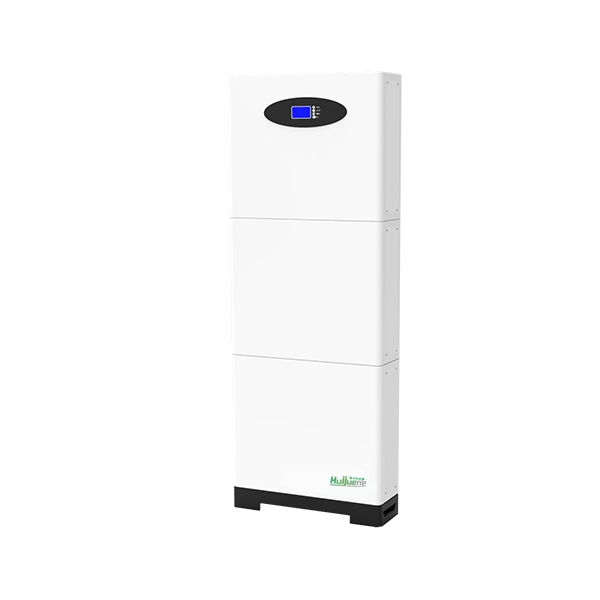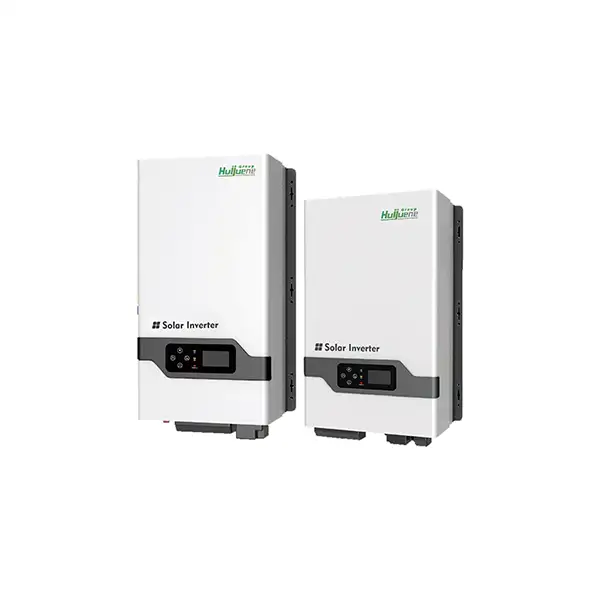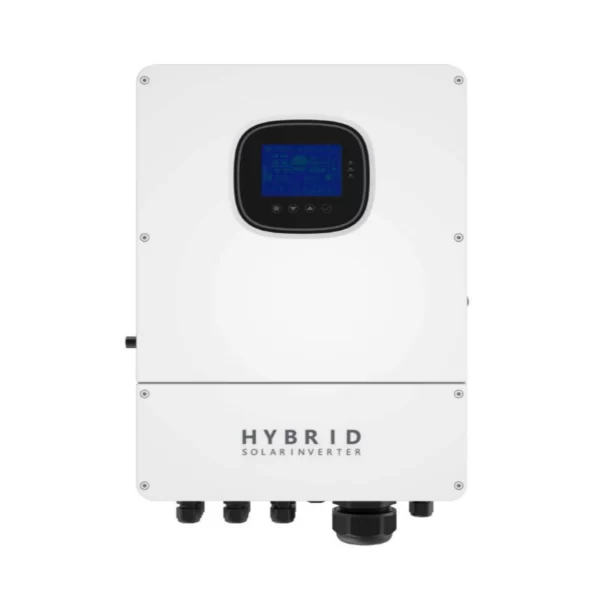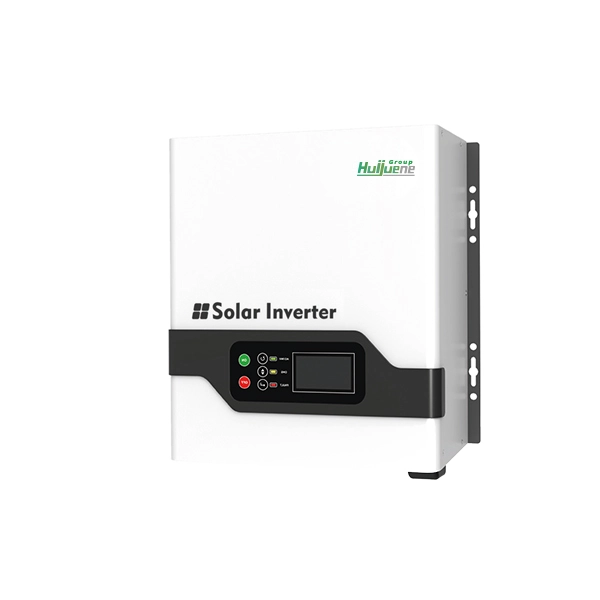How to Connect Two Solar Panels to One Battery
If you’re setting up a solar system, perhaps the most common question is: How to connect two solar panels to one battery? Whether you’re constructing a small off-grid or expanding an existing system, it’s worth knowing about wiring options, protection, and compromises. In this tutorial, I’ll take you through wiring configurations, safety tips, performance factors, and real-world examples — so you construct an intelligent, robust system.
Two panels can be wired in series, parallel, or combined (series-parallel) before charging a battery using a charge controller. The choice depends on voltage, current, distance, shading, and controller specs.
Solar Panel Wiring Basics: Series and Parallel
First, let’s set out the two easy methods before moving on to how to wire exactly:
Wiring Type | Voltage Behavior | Current Behavior | When Used |
Series | Adds voltages (V1 + V2) | Current stays the same as a single panel | Handy when you need more voltage to match the controller/battery input |
Parallel | Voltage stays the same | Adds currents (I1 + I2) | Handy when the system is voltage-limited, or for shading tolerance |
Another government/academic document also discusses wiring design and voltage drop in photovolatic systems. As an example, the NREL “Photovoltaic (PV) Quick Reference Guide” discusses wiring and wire sizing in PV systems.
Series Wiring (2 Panels in Series → Battery via Controller)
Wiring Steps
1.Connect the positive terminal of Panel A to the negative terminal of Panel B.
2.Now you have a free positive (from Panel B) and a free negative (from Panel A).
3.Utilize those free terminals to connect to your solar charge controller (if it will support the combined voltage).
4.From the controller output, to the battery with the correct gauge wire and safeguards (fuse, disconnect).
Pros & Cons
Pros:
- Increased voltage helps deal with voltage drop on long cable runs.
- Can allow lower current wiring, thus thinner cables over length.
Cons
- If a panel is shaded or underperforms, it lowers the current for both.
- Should keep overall voltage below maximum input rating of controller or inverter.
A great practical explanation from Victron’s forum goes: when a panel is shaded, series wiring may be impacted, thus parallel will work better under shade.
Parallel Wiring (2 Panels in Parallel → Battery via Controller)
Wiring Steps
1.Connect both positive ends of each panel together.
2.Connect both negative ends together.
3.Use a common positive/negative pair to bring to your charge controller.
4.Protect the positive line with some kind of decent fuse or breaker.
Pros & Cons
Pros:
- More shading tolerance — if one panel is not performing it will affect the total less.
- Lower system voltage is regulated — better when controller or battery bank voltage is established.
Cons:
- Higher current = you may need thicker cables to reduce voltage drop.
- The voltage is still low, thus long lengths are penalized.
Hybrid / Series-Parallel (for more than 2 panels)
Hybrid (series-parallel) setup is convenient when scaling up. As a point of illustration, 4 panels can be wired 2S2P (two series strings in parallel). It halves the voltage and current and also minimizes shading loss.
Key Considerations & Best Practices
Matching Characteristics
- Always use panels of the same specifications (same voltage/current ratings). Efficiency is reduced with mismatched panels.
- Less destructive if mismatched, parallel connections are in most circumstances. (SolarPanelsVenue documents this drawback of mismatch).
Controller & Voltage Limits
- Take care to record the maximum input voltage for your charge controller/inverter. Do not use it as an upper limit.
- Ensure the array voltage is greater than the minimum operating voltage of the controller in worst-case conditions (cold climate, shaded condition).
- NREL’s “Best Practices for PV Installation” puts careful planning of module wiring and voltage drop first to prevent underperformance.
Cable Sizing & Voltage Drop
- Use sunlight- and temperature-rated cables.
- Keep voltage drop at < 2–3 % to minimize losses — the NREL Quick Reference offers wiring tables to help choose the right gauge.
- Use star (center) wiring or short runs to minimize drop.
Safety & Protection
- Install fuses or breakers on panel outputs (each positive line or panel combiner).
- Use DC disconnects between panels and controllers.
- Adjust grounding and structure bonding of module frames.
- Protect reverse current with blocking diodes where needed (typically built into panels).
Embedded Question & Answer
You could wonder: Which is better for small systems — series or parallel? It always comes down to your setup. If your controller needs a greater input voltage, series might be helpful. If shading or cable length would be a problem, parallel might do better in real-world situations. Try out your scenario.
One more thing: Can you get series + parallel using just two panels? Not quite — series-parallel is best done with more than two modules. For two, you use direct parallel or series.
When wiring two panels to a single battery, your decision among series, parallel, or hybrid wiring hinges on voltage, current, shading risk, wiring length, and controller specs. Do your calculations, respect limits, include protections, and you’ll have a solid foundation for expansion.

